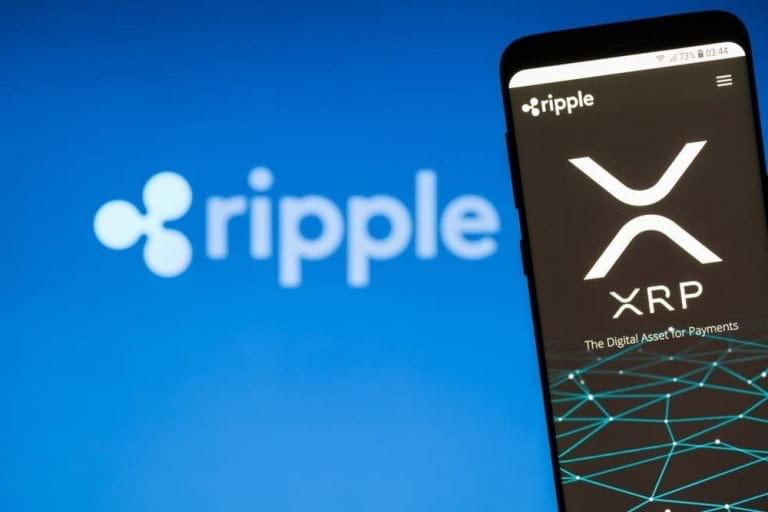Due to its ongoing litigation with the Securities and Exchange Commission (SEC) and the use of two freshly disclosed legal memos, Ripple (XRP) has lately been in the spotlight.
According to the General Counsel (GC) at Ripple, Stuart Alderoty, The 2012 Perkins Coie memoranda to Ripple’s founders shows the company’s good faith in trying to issue digital tokens without clear rules on how current governmental regulations would apply to cryptocurrencies.
In short, Ripple solicited Perkins Coie’s advice “because of a firm commitment to get things right, to be on the right side of the law, to act responsibly,” Mr. Alderoty told Reuters.
However, Ripple Labs Inc did not just seek advice on securities rules, but also on a variety of banking, anti-money laundering, and tax legislation. Thus, according to the Ripple General Counsell, the SEC should have examined the Perkins Coie memoranda and used Ripple as an example of proactive compliance.
“The fact that you would have a government agency trying to take these memos and use them as a sword, or as a bludgeon, rather than applauding a company that was doing the right thing, as general counsel of the company, but also just a lawyer who’s been practicing for 35 years, I find that incredibly offensive,” the Ripple GC said.
The Ripple memos
It’s worth noting that Perkins Coie informed Ripple officials in a filing in February 2012 that selling tokens to investors to fund a crypto network in its initial launch plan would likely be deemed a security by US authorities.
In October 2012, Ripple went to Perkins Coie with a second revised launch plan, and the law firm claimed in the second memo there was “a compelling argument” that the planned tokens would not be subject to federal securities laws. However, Perkins Coie did caution that there was still “some risk, albeit small” that the SEC might consider the crypto tokens securities “given the lack of applicable case law.”
Ultimately, the SEC filed a lawsuit against Ripple and two of its executives in December 2020, alleging that they sold more than $1.3 billion in unregistered XRP between 2013 and 2020.
The agency has often highlighted the Perkins Coie memoranda as evidence that Ripple was fully aware that the government may consider its sale of the digital coins, now known as XRP, to be an unregistered securities offering, but went through with the sale despite the possibility that the transaction might be deemed illegal.
Ripple price prediction
It seems that the token has moved on from the ramifications of the SEC case, as seen by recent price moves. As Ripple continues to grow its payment system network, the asset is moving in lockstep with the broader market.
XRP has the potential to reach the $1 mark and even farther by the end of 2022 if optimistic feelings continue to prevail surrounding those wanting to buy Ripple.
Therefore, if the lawsuit is decided in Ripple’s favor, XRP’s optimistic sentiment will likely be strengthened, and the asset’s price may be pushed past the $1 level in the process.
Thus, the Ripple price prediction may help you assess whether or not the cryptocurrency can acquire that value.









